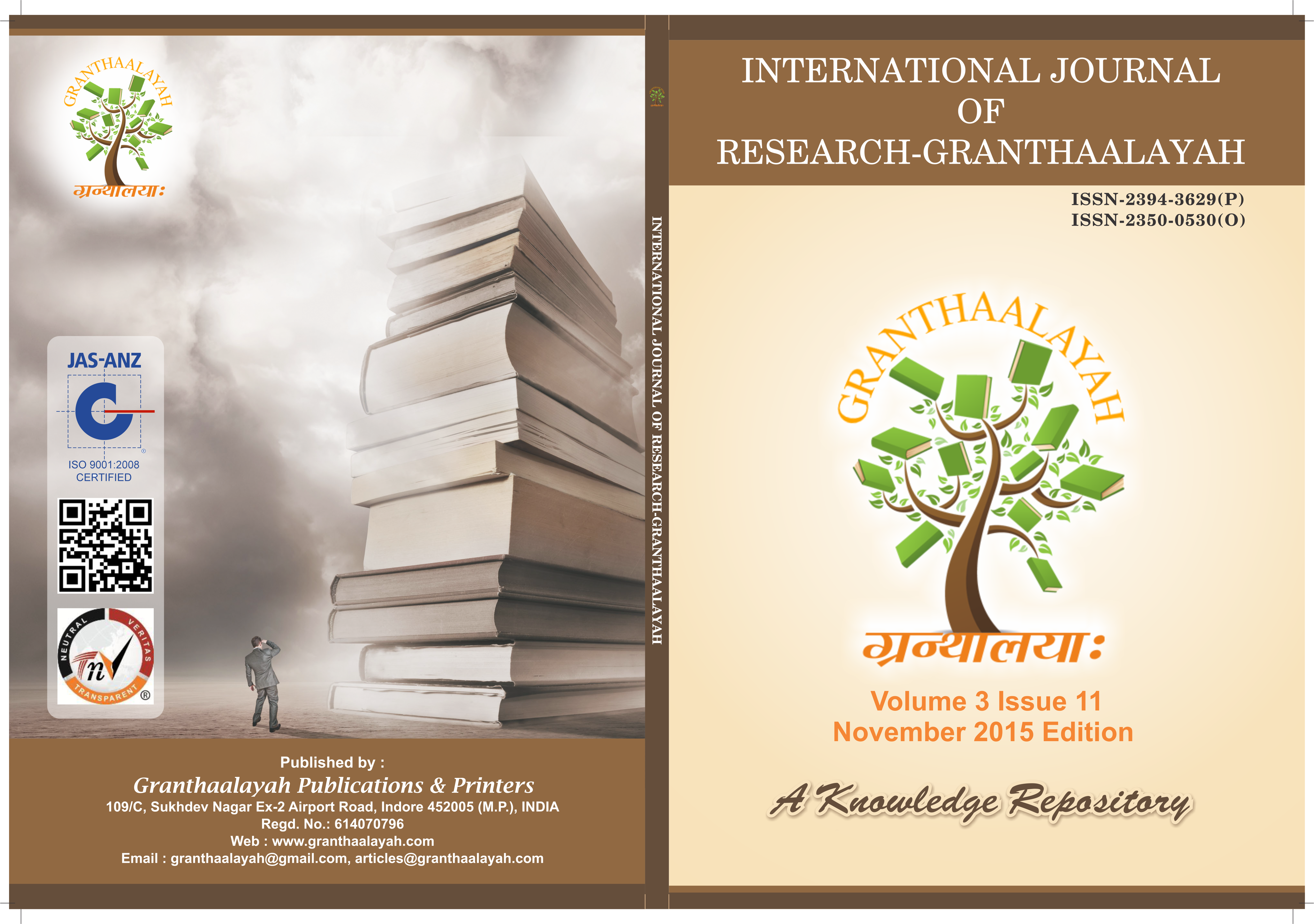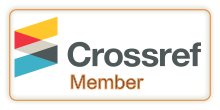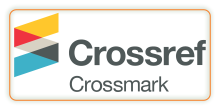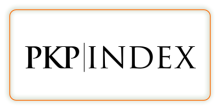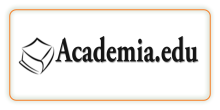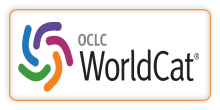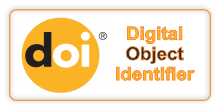A STUDY OF INVESTMENT PATTERN ON THE BASIS OF DEMOGRAPHIC TRAITS
DOI:
https://doi.org/10.29121/granthaalayah.v3.i11.2015.2927Keywords:
Demographic Traits, Investment Pattern, Investor BehaviorAbstract [English]
Investor’s behavior is influenced by many factors during investment decision making. Demographic profile of investors is also one of the decision influencing factor among others.The aim of this paper is to examine the effect of demographic factors on investor’s level of risk tolerance regarding the choice of investment. 670 investors Pune City, Maharashtra State, India were selected as sample. ANOVA, Mann Whiteny ‘U’ test, Kruskal- Wallis test were used to explore the effect of demographic factors on investor’s level of risk tolerance regarding the choice of investment. Result of the paper showed that demographic factors of investors such as Age, Educational qualification, Income level, effect the investor’s level of risk tolerance. These results are important for managers to advise their clients about better area of investment and risk level according to their demographic profile.
Downloads
References
Croson, R. Gneezy, U. (2009). Gender differences in preferences. Journal of Economic Literature, 47(2), 1-27. DOI: https://doi.org/10.1257/jel.47.2.448
Das B., M. S. (2008). Mutual Fund vs. Life Insurance: Behavioural Analysis of Retail Investors. International Journal of Business and Management, 3 (10).
Eckel, C. C. (2001). Chivalry and solidarity in Ultimatum Games. Economic Inquiry, 39 (2), 171-188. DOI: https://doi.org/10.1111/j.1465-7295.2001.tb00059.x
GiridhariMohanta, SathyaSwaroopDebasish (2011) A Study on Investment Preferences among Urban Investors in Orissa. Prerna Journal of Management Thought and Practice, 3(1), 1-9
GnanaDesign.C, Kalaiselvi. S, Anusya.L (2006), Women Investors Perception towards Investment – An Empirical Study, Indian Journal of Marketing, 36(4), 14-37
Karthikeyan B. (2001). Small Investors' Perception on Post Office Small Savings Schemes unpublished thesis, MadrasUniversity, Tamilnadu, India.
Kruse, J. B. and M. A. Thompson (2003) Valuing Low Probability Risk: survey and experimental evidence, Journal of Economic Behavior and Organization, 50(4) DOI: https://doi.org/10.1016/S0167-2681(02)00039-2
Manish Mittal and R K Vyas, (2007). Demographics and Investment Choice among Indian Investors”. Review of Business and Technology Research, 3 (1), 51-65.
Mittal Manish, R. (2008). Personality Type and Investment Choice: An Empirical Study. TheIUP Journal of BehaviouralFinance, Vol. V, No. 3, 6-22.
MeenuVerma (2008), Wealth Management and Behavioral Finance: The Effect of Demographics and Personality on Investment Choice among Indian Investors”, The IUP Journal of Behavioral Finance, P - 20
Rajarajan (2002), “Determinants of Portfolio Choice of Individual Investors”, Indian Economic Journal, 81-84.
Rajarajan, V (2000), “Investors Life Cycle and Investment Characteristics”, Finance India, 14(2). 465-478.
Rajarajan,V (2003), “Investors Demographics and Risk Bearing Capacity”, Finance India, 17(2), 565-576.
Rajarajan.V (1997), “Investment Size Based Segmentation of Individual Investor”, Management Researcher, 3(4), 21-28.
Schubert, R., Brown, M., Gysler, M. and Brachinger, H. W. (1999). Financial decision making: are women really more risk-averse? American Economic Review, 89(2), 381- 385. DOI: https://doi.org/10.1257/aer.89.2.381
Srinivasan Sakthi K., L. D. (2006). Post Office Savings Schemes - An Impetus for Rural Investment. Indinan Journal of Marketing, 36(1), 22-37.
Suman and D. P. Warne (2012) Investment Behavior of Individual Investor in Stock Market., IJRFM , 2(2)
Downloads
Published
How to Cite
Issue
Section
License
With the licence CC-BY, authors retain the copyright, allowing anyone to download, reuse, re-print, modify, distribute, and/or copy their contribution. The work must be properly attributed to its author.
It is not necessary to ask for further permission from the author or journal board.
This journal provides immediate open access to its content on the principle that making research freely available to the public supports a greater global exchange of knowledge.

